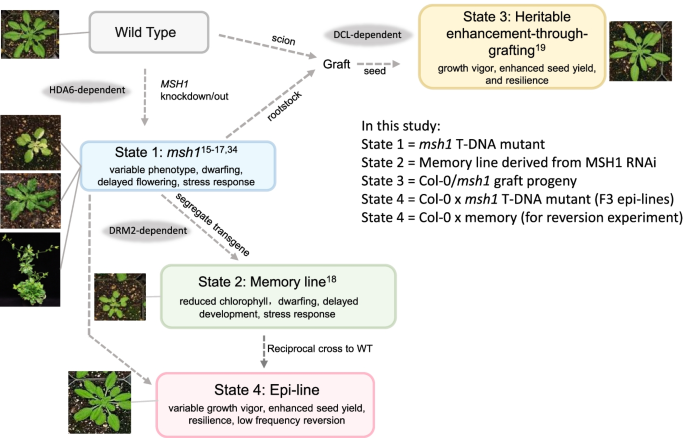この研究は、がん治療における代謝をターゲットとすることに示唆を与えるものです。 Study has implications for targeting metabolism in cancer treatment
2022-08-15 ワシントン大学セントルイス
癌細胞はグルコースからエネルギーを吸い上げる代わりに、そのほとんどを老廃物として放出する。
研究者達は、メタボロミクスと安定同位体トレーサーを組み合わせました。これにより、ブドウ糖のさまざまな部分にタグを付けて、細胞内のブドウ糖を追跡し、ミトコンドリアに入る速度や細胞から排泄される速度を観察することができた。こうして、がん細胞では、燃料を輸送する通常の経路が、飽和状態になりつつあることを発見した。
<関連情報>
- https://source.wustl.edu/2022/08/sugar-metabolism-is-surprisingly-conventional-in-cancer/
- https://www.cell.com/molecular-cell/fulltext/S1097-2765(22)00703-1
ミトコンドリアNADHシャトルの飽和は、増殖細胞における好気性解糖を促進する Saturation of the mitochondrial NADH shuttles drives aerobic glycolysis in proliferating cells
Yahui Wang,Ethan Stancliffe,Ronald Fowle-Grider,Rencheng Wang,Cheng Wang,Michaela Schwaiger-Haber,Leah P. Shriver.Gary J. Patti
Molecular Cell Published:August 15, 2022
DOI:https://doi.org/10.1016/j.molcel.2022.07.007

Highlights
•Fermentation correlates with NADH shuttle flux but not proliferation in cancer cells
•The rate of glycolysis outpaces the flux of NADH shuttles in proliferating cells
•Saturating NADH shuttle activity drives lactate production during aerobic glycolysis
•The fraction of glucose-derived NADH oxidized in mitochondria is cell-type dependent
Summary
Proliferating cells exhibit a metabolic phenotype known as “aerobic glycolysis,” which is characterized by an elevated rate of glucose fermentation to lactate irrespective of oxygen availability. Although several theories have been proposed, a rationalization for why proliferating cells seemingly waste glucose carbon by excreting it as lactate remains elusive. Using the NCI-60 cell lines, we determined that lactate excretion is strongly correlated with the activity of mitochondrial NADH shuttles, but not proliferation. Quantifying the fluxes of the malate-aspartate shuttle (MAS), the glycerol 3-phosphate shuttle (G3PS), and lactate dehydrogenase under various conditions demonstrated that proliferating cells primarily transform glucose to lactate when glycolysis outpaces the mitochondrial NADH shuttles. Increasing mitochondrial NADH shuttle fluxes decreased glucose fermentation but did not reduce the proliferation rate. Our results reveal that glucose fermentation, a hallmark of cancer, is a secondary consequence of MAS and G3PS saturation rather than a unique metabolic driver of cellular proliferation.


